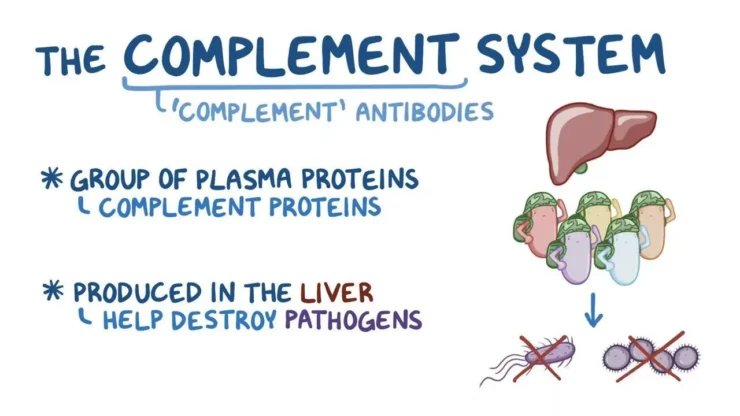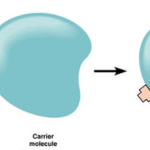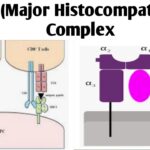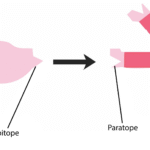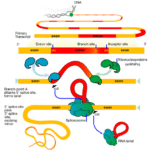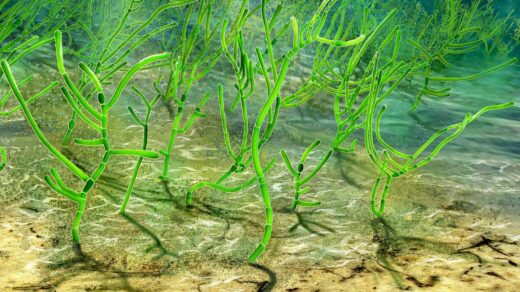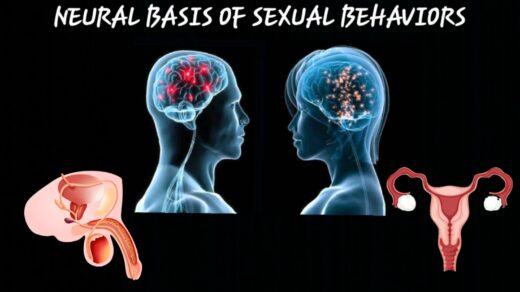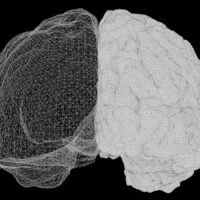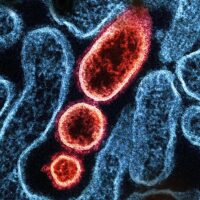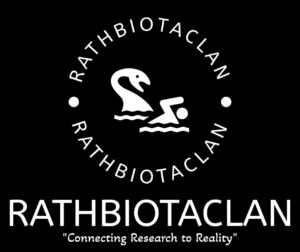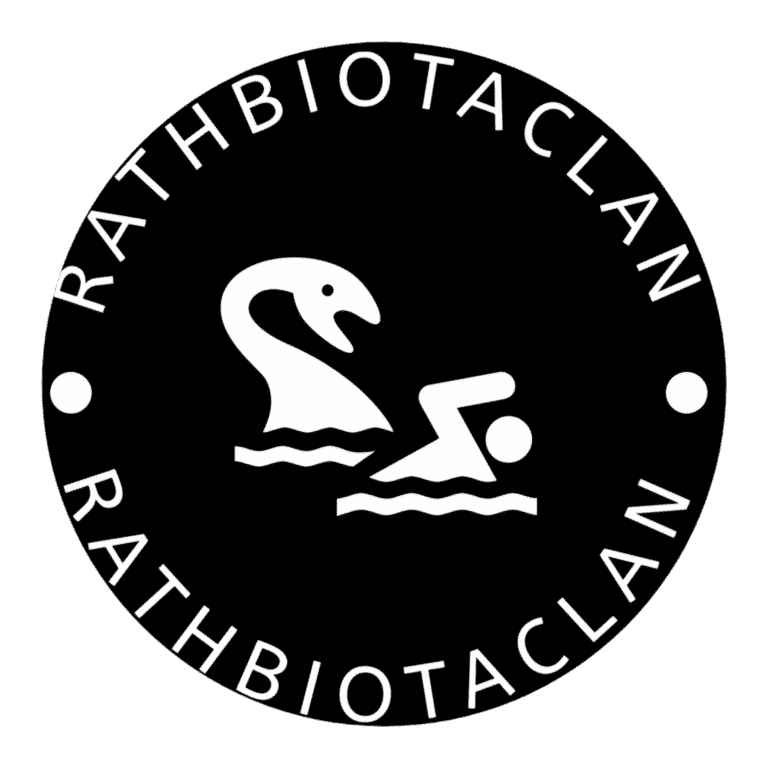The complement system, consisting of about 30 serum and cell surface proteins and glycoproteins, plays a crucial role in both the innate and acquired immune responses. The term “complement” was coined by Paul Ehrlich due to its ability to “complement” the action of antibodies in immune defense.
Key Functions
- Cell Lysis: Complement proteins form the Membrane Attack Complex (MAC), which damages the membranes of pathogens, causing cell rupture.
- Opsonization: Complement proteins coat pathogens, marking them for destruction by phagocytes like macrophages and neutrophils.
- Viral Neutralization: The complement system helps neutralize viruses by preventing their entry into host cells.
- Inflammatory Response: Activation of complement proteins leads to the release of inflammatory mediators, helping to recruit immune cells to infection sites.
- Clearance of Immune Complexes: The complement system aids in clearing immune complexes by solubilizing them and depositing them in the spleen and liver for elimination.
Complement Components
The complement system is composed of proteins and glycoproteins categorized as:
- C1–C9: Named based on the order of their discovery rather than their activation sequence. C1 was the first discovered, while C9 participates in forming the MAC.
- Other components: Factors such as Factor B, Factor D, and Properdin play specific roles in complement activation.
Most complement components are synthesized in the liver by hepatocytes. Other sources include monocytes, macrophages, and epithelial cells of the gastrointestinal tract.
Complement Activation Pathways
Most complement components circulate as inactive proenzymes (zymogens). The activation involves a cascade mechanism where one component activates the next. Activated components are split into fragments: typically, the smaller is labeled “a” and the larger “b” (e.g., C3a and C3b), although exceptions exist (like C2a and C2b).
There are three main activation pathways:
- Classical Pathway
- Lectin Pathway
- Alternative Pathway
The Classical Pathway
The classical pathway was the first complement activation pathway described, hence the name “classical.” It plays a critical role in the adaptive immune response by activating complement in the presence of antigen-antibody complexes. Other activators include viruses, necrotic cells, subcellular membranes, aggregated immunoglobulins, and beta-amyloid plaques in Alzheimer’s disease.
Initiation of the Classical Pathway
This pathway begins when C1 binds to an antibody in an antigen-antibody complex. The C1 complex consists of:
- C1q: Six identical subunits
- C1r and C1s: Two molecules each
Efficient activators include IgM and specific IgG subclasses (IgG1, IgG2, IgG3). The activation efficiency order is:
IgM > IgG3 > IgG1 >> IgG2
However, IgG4, IgD, IgA, and IgE cannot activate the classical complement pathway.
Mechanism
Steps involved in the classical pathway activation:
- C1q binds to the Fc region of the antibody in the antigen-antibody complex.
- C1r, a serine protease, is activated and subsequently activates C1s.
- Activated C1s cleaves C4 into C4a and C4b.
- C4b attaches to the target surface, while C4a contributes to inflammation.
- C4b binds to C2, which is cleaved by C1s, forming the C3 convertase (C4b2a).
- The C3 convertase cleaves C3, central to the complement cascade.
Thus, the classical pathway relies on antibody recognition of foreign antigens, marking its importance in adaptive immunity and clearing dead cells.
The Lectin Pathway
The lectin pathway, part of the innate immune response, is activated by mannose-binding lectin (MBL) binding to specific carbohydrate structures on pathogen surfaces. Unlike the classical pathway, it does not require antibodies for activation.
Activation Mechanism
Steps of lectin pathway activation:
- MBL binds to terminal mannose residues on the pathogen surface.
- MBL forms a complex with MASP-1 and MASP-2 (serine proteases).
- These proteases cleave C4 and C2, forming the C3 convertase (C4b2a).
This pathway enables rapid immune responses, especially during early infection stages, before the adaptive immune system is activated.
The Alternative Pathway
The alternative pathway is antibody-independent and part of the innate immune system. It activates in response to various foreign substances, including:
- Gram-negative bacterial lipopolysaccharides (LPS)
- Yeast cell walls
- Cobra venom factor (CVF)
This pathway serves as an early defense mechanism, amplifying complement system activity.
Properdin and Its Role
Properdin (Factor P) stabilizes the alternative pathway’s C3 convertase (C3bBb), preventing dissociation and enhancing complement activation. It plays a critical role in immune defense by:
- Amplifying the complement cascade
- Supporting pathogen recognition
- Regulating inflammation
Properdin deficiency increases infection risks, particularly for Neisseria infections, highlighting its importance in immune responses.

